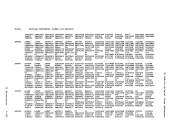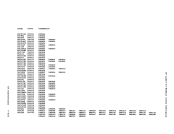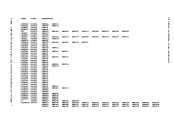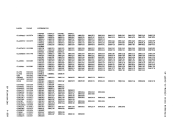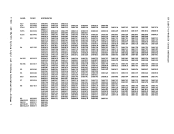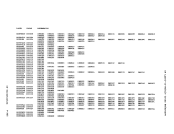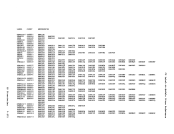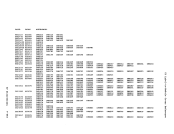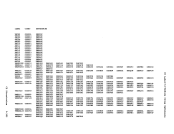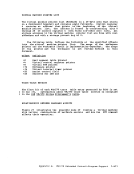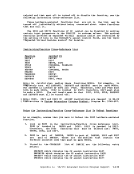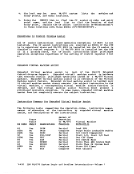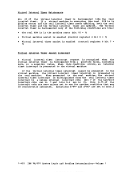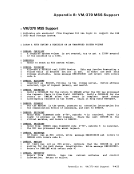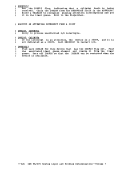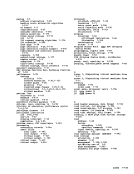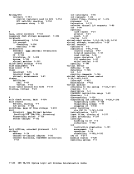If the receiving virtual machine chooses not to accept special messages at any time, it can merely issue SET S8SG OFF. CP would then inform any machine issuing the SMSG command that the virtual machine is
not receiving special messages.When it is ready to resume accepting
specialmessages, the ~irtua1 machine need only to issue SET S8SG ON. The following shows the processing when an SMSG command is issued.
r1 S8SG userid msgtxt
,1 CP: 1 • Validates S8SG command. 1 • Checks that receiving virtual machine 1 has Special Message flag ON (in receiving 1 maGhi~c'~ Y~BIOK) If not --1----------, • Checks for receiving virtual machine being 1 1 authorized with CP. If not--- --------->1 • Obtains storage for containing one VMCF I ,---------- External Interrupt Buffer. ISend message to • Builds VMCF parmeter list: lissuer that I - saves buffer address in VKVMVADA Ireceiving machine I - computes message length & stores that lis not receiving I length in VKVMLENA Ispecia1 messages I - mOves message test into area pointed to ' I ' BY VMCMBUF (VMCMVADA value minus 40 1 bytes) for the computed length of the , message text EIIT
- storesSENDI subfunction code in VMCMFUNC - stores CPU clock value in VMCMMID as a
unique message-id• Calls DMKVMC to execute SEND I subfunction
code to send themessage to the receiving
virtual machine.I , , Receiving virtual machine processes datal
fro. buffer transmitted viaSENDI. I During a Special Message session, the following error messages could be
sent back to the issuer of theSMSG command: DMKMSG003E: DMKKSG020E: DKKKSG04SW: DMKMSGOS7E: INVALID OPTION - option USERID MISSING OR INVALID userid NOT LOGGED ON userid NOT RECEIVINGi [DISCONNECTED I MSG OFF I SMSG OFF I NOT AUTHORIZED I WNG OFF] 1-42 IBM V8/370 System Logic and Problem Determination--Vo1ume 1
not receiving special messages.
special
r
,
- stores
unique message-id
code to send the
virtual machine.
fro. buffer transmitted via
sent back to the issuer of the






















































































































































































































































































































